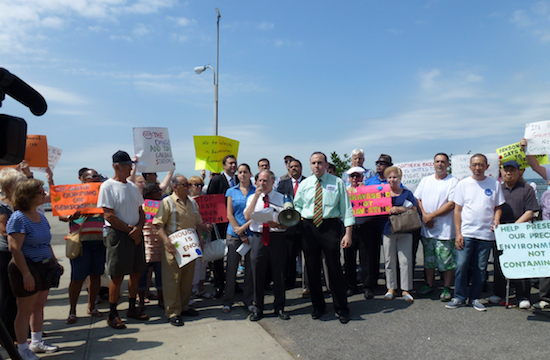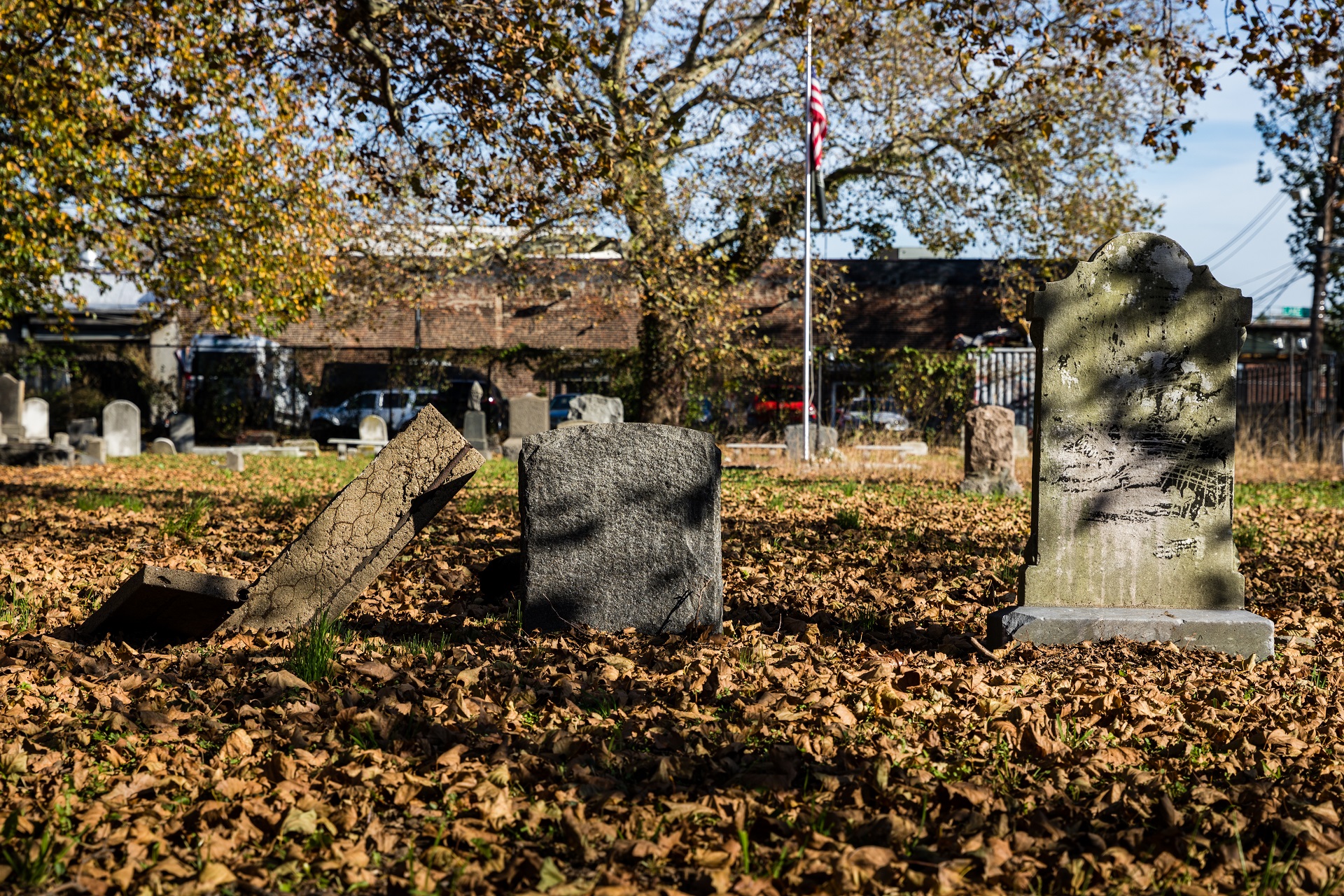Colton leads protest against Gravesend trash plant

Screen Shot 2013-08-13 at 4.33.54 PM.png
“First Sandy, now the Sanitation Department is hurting us!”
That was the cry from residents of southwest Brooklyn who took part in a protest rally Sunday against the city’s plans to move ahead with the construction of a trash plant on the Gravesend waterfront.
Protesters charged that they suffered a great deal during the storm last October and that trash plant will inflict more pain on them.
